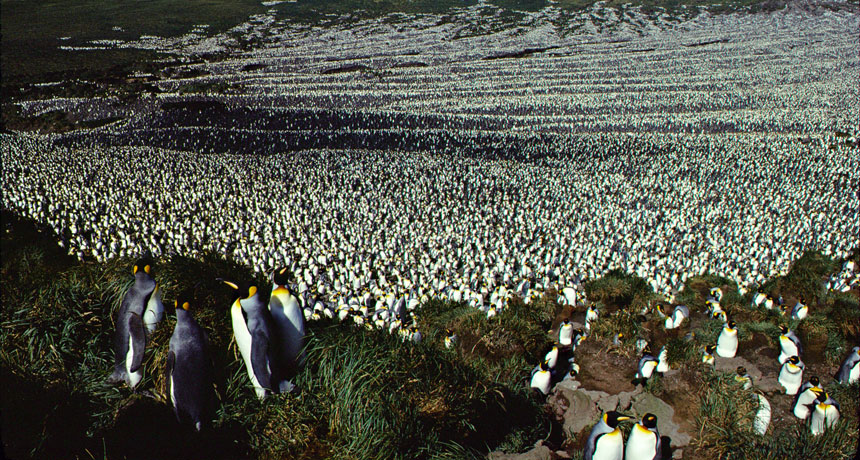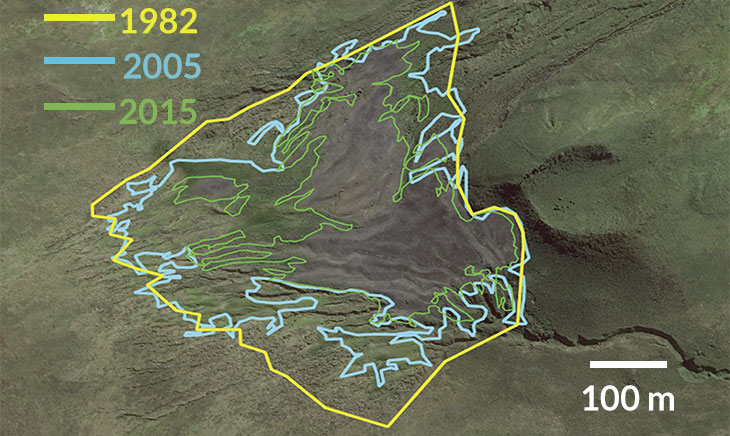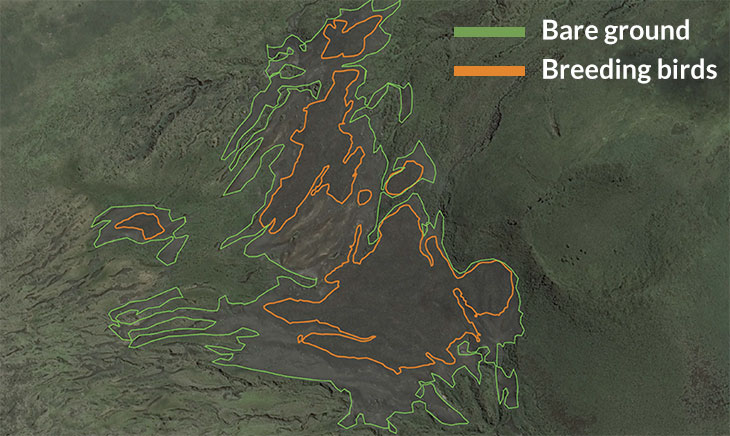birds Warm-blooded animals with wings that first showed up during the time of the dinosaurs. Birds are jacketed in feathers and produce young from the eggs they deposit in some sort of nest. Most birds fly, but throughout history there have been the occasional species that don’t.
colleague Someone who works with another; a co-worker or team member.
conservation The act of preserving or protecting something. The focus of this work can range from art objects to endangered species and other aspects of the natural environment.
extinction The permanent loss of a species, family or larger group of organisms.
illusion A thing that is or is likely to be wrongly perceived or interpreted by the senses.
International Union for Conservation of Nature (or IUCN) A global network of governments and public organizations based in Gland, Switzerland. IUCN is dedicated to helping the world “conserve the integrity and diversity of nature and to ensure that any use of natural resources is equitable and ecologically sustainable.” The group, created in 1948, is today best known for using science to establish lists of species that may be threatened with (at risk of) extinction or endangered (at imminent risk of extinction).
parasite An organism that gets benefits from another species, called a host, but doesn’t provide that host any benefits. Classic examples of parasites include ticks, fleas and tapeworms.
penguin flightless black-and-white bird native to the far Southern Hemisphere, especially Antarctica and its nearby islands.
population (in biology) A group of individuals from the same species that lives in the same area.
risk The chance or mathematical likelihood that some bad thing might happen. For instance, exposure to radiation poses a risk of cancer. Or the hazard — or peril — itself. (For instance: Among cancer risks that the people faced were radiation and drinking water tainted with arsenic.)
satellite A moon orbiting a planet or a vehicle or other manufactured object that orbits some celestial body in space.
sea An ocean (or region that is part of an ocean). Unlike lakes and streams, seawater — or ocean water — is salty.
species A group of similar organisms capable of producing offspring that can survive and reproduce.
terrain The land in a particular area and whatever covers it. The term might refer to anything from a smooth, flat and dry landscape to a mountainous region covered with boulders, bogs and forest cover.
wave A disturbance or variation that travels through space and matter in a regular, oscillating fashion.
weather Conditions in the atmosphere at a localized place and a particular time. It is usually described in terms of particular features, such as air pressure, humidity, moisture, any precipitation (rain, snow or ice), temperature and wind speed. Weather constitutes the actual conditions that occur at any time and place. It’s different from climate, which is a description of the conditions that tend to occur in some general region during a particular month or season.










